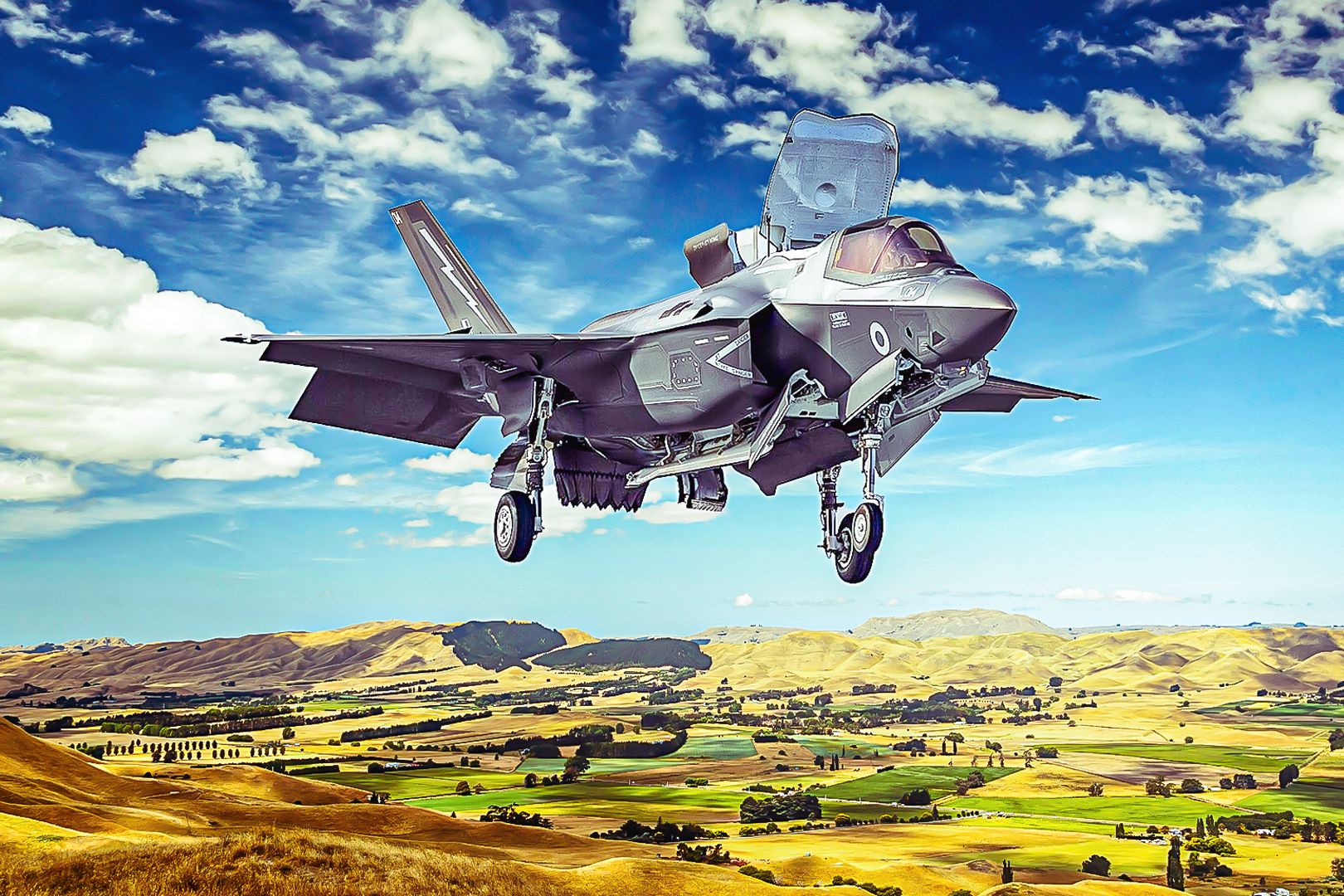Summary Strategic considerations and expert advice guide policy decisions. The US Congress can block the export of fighter jets to prevent national security threats. Exported F-35 Lightning II jets entered service with various trusted allies worldwide.
The United States Department of Defense is one of the world's most secretive organizations. It is very much by design, with the principal goal of protecting American military secrets from adversaries abroad. As one would expect, this is the primary reason that almost any military organization strives to maintain practically complete confidentiality regarding their available technology.

However, the United States has long served as one of the globe's industrial powerhouses; providing combat-capable aircraft to our allies worldwide has been necessary, especially given the nation's leadership position within the North Atlantic Treaty Organization (NATO) military alliance. Undoubtedly, this presents a rather unavoidable paradox, as the Department of Defense is forced to balance the need to maintain our strategic secrets while also adequately preparing our allies with the equipment needed to fight the conflicts of the day. As a result, the decision to export fighter aircraft like the Lockheed Martin F-35 Lightning II is often one of extensive debate and involves many different parties.
In this article, we will take a deeper look at the complex decision-making process that goes into the export of American-built fighter jets. Strategic considerations always dictate policy decisions. For starters, it is essential to note that policymakers almost always extensively seek out the recommendations and opinions of the Defense Department's highest brass, which, in the case of aircraft exports, typically means the highest-ranking generals in the Air Force, Marines, and Navy.
If the export of foreign aircraft becomes a significant security concern, generals will likely express their beliefs to lawmakers during closed-door hearings, like in front of the Armed Services committees of both houses of Congress. There are some circumstances in which the House of Representatives and the Senate will choose to block the export of an aircraft entirely. The most noteworthy example of this occurred in 1998, when the legislative bodies permanently ruled out the opportunity of selling the Lockheed Martin F-22 Raptor abroad, even to our closest allies.
As a first-of-its-kind stealth all-weather multirole air superiority fighter, the Raptor was packed with classified technologies, making it a major target for foreign espionage. There was some debate as to why Congress chose not to authorize the aircraft's export, with some choosing to cite a lack of congressional funding as the genuine reason for the aircraft being developed into an export variant. An analysis by Wes O'Donnell published on Medium points to the fact that no foreign government was genuinely interested in the F-22, while the F-35 has continued to sell across the Atlantic.
Which specific countries are designated for fighter jet export sales? Officially, there are several obscure guidelines on how exactly the US government chooses which allies to authorize the purchase of foreign aircraft. In practice, however, the government considers each order on a case-by-case basis. The F-35 Lightning II Joint Fighter program was one of the most high-profile exported aircraft in modern history, with the stealth fighter already beginning to play a key role in the conflict in the Middle East.
So far, all the following nations have been approved for the export of the F-35, including multiple that played a major role in the aircraft's development: Australia Belgium Canada Denmark Finland Germany Greece Israel Italy Japan Netherlands Norway Poland South Korea Singapore Switzerland United Kingdom There are some dangers with exporting fighter jets abroad. Should they unintentionally or intentionally fall into the wrong hands, American adversaries could gain a dangerous look at the dozens of classified technologies that make the F-35 the most advanced aircraft in the skies. At times, security concerns may even dictate major adjustments to the aircraft's design, as with the Israeli export variant of the F-35.
Get all the latest aviation news on Simple Flying! The need to maintain the secrecy of classified fighter jets became evident when the United States gained access to a few MiG fighter jets that the Soviet Union had exported to satellite states and allies. These few aircraft, which were part of a small but elite group known as the 4477th Test and Evaluation Squadron, allowed the Air Force to uncover an impressive amount of military secrets. This extraordinary unit had a top-secret mission.
Under what conditions does the US government ban the export of jet fighters to certain countries? Despite carefully choosing the allies to which we export fighter jets, there are still some circumstances under which the United States may choose to block the export of its most valuable air combat assets. One recent example of this occurred just four years ago, near the onset of the COVID-19 pandemic when the United States chose to restrict jet exports to Turkey, which had previously planned to order up to 100 jets. According to Military , the primary reason for this cancelation was Turkey's decision to purchase the Russian-designed S-400 missile system, a concerning decision from a nation that was supposedly a major NATO ally.
The jets, which had been intended for Turkish export, were later reallocated to the United States Air Force . Another noteworthy example of the United States choosing to restrict exports of fighter jets to allies involves Taiwan, where such military aid must be carefully considered in parallel with a potential Chinese reaction. An analysis published by the University of Central Florida's political science department analyzed the sale of fighter jets to Taiwan in detail, concluding that older, less proprietary General Dynamics F-16 Fighting Falcons were far less likely to provoke Chinese anger.
.



















